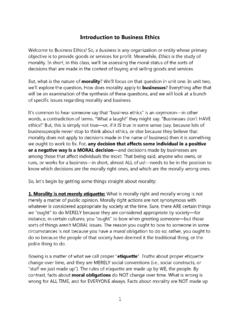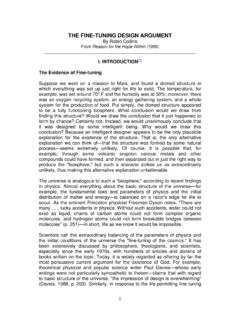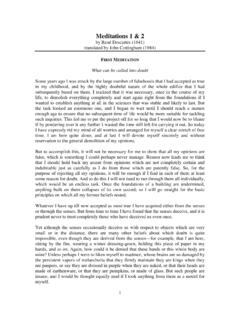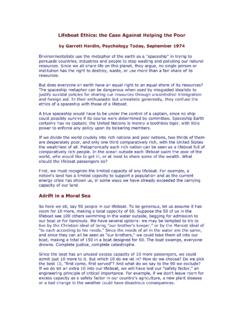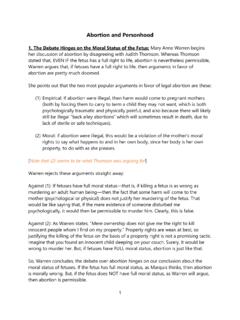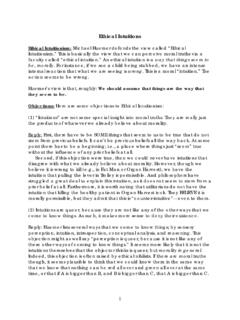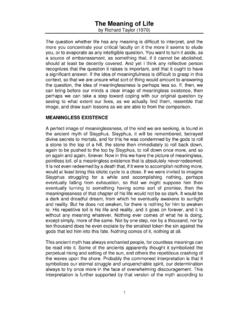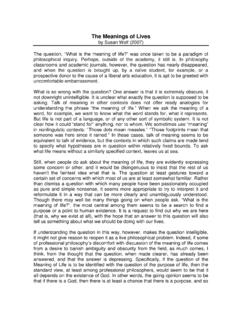Transcription of Validity and Soundness - University of Colorado Boulder
1 1 Validity and Soundness A deductive argument proves its conclusion ONLY if it is both valid and sound. Validity : An argument is valid when, IF all of it s premises were true, then the conclusion would also HAVE to be true. In other words, a valid argument is one where the conclusion necessarily follows from the premises. It is IMPOSSIBLE for the conclusion to be false if the premises are true. Here s an example of a valid argument: 1. All philosophy courses are courses that are super exciting. 2. All logic courses are philosophy courses. 3. Therefore, all logic courses are courses that are super exciting. Note #1: IF (1) and (2) WERE true, then (3) would also HAVE to be true. Note #2: Validity says nothing about whether or not any of the premises ARE true.
2 It only says that IF they are true, then the conclusion must follow. So, Validity is more about the FORM of an argument, rather than the TRUTH of an argument. So, an argument is valid if it has the proper form. An argument can have the right form, but be totally false, however. For example: 1. Daffy Duck is a duck. 2. All ducks are mammals. 3. Therefore, Daffy Duck is a mammal. The argument just given is valid. But, premise 2 as well as the conclusion are both false. Notice however that, IF the premises WERE true, then the conclusion would also have to be true. This is all that is required for Validity . A valid argument need not have true premises or a true conclusion. On the other hand, a sound argument DOES need to have true premises and a true conclusion: Soundness : An argument is sound if it meets these two criteria: (1) It is valid.
3 (2) Its premises are true. In other words, a sound argument has the right form AND it is true. 2 Note #3: A sound argument will always have a true conclusion. This follows every time these 2 criteria for Soundness are met. Do you see why this is the case? First, recall that a sound argument is both valid AND has true premises. Now, refer back to the definition of valid . For all valid arguments, if their premises are true, then the conclusion MUST also be true. So, all sound arguments have true conclusions. Looking back to our argument about Daffy Duck, we can see that it is valid, but not sound. It is not sound because it does not have all true premises. Namely, All ducks are mammals is not true. So, the argument about Daffy Duck is valid, but NOT sound.
4 Here s an example of an argument that is valid AND sound: 1. All rabbits are mammals. 2. Bugs Bunny is a rabbit. 3. Therefore, Bugs Bunny is a mammal. In this argument, if the premises are true, then the conclusion is necessarily true (so it is valid). AND, as it turns out, the premises ARE true (all rabbits ARE in fact mammals, and Bugs Bunny IS in fact a rabbit) so the conclusion must also be true (so the argument is sound). Note: Do homework for section at this time.
